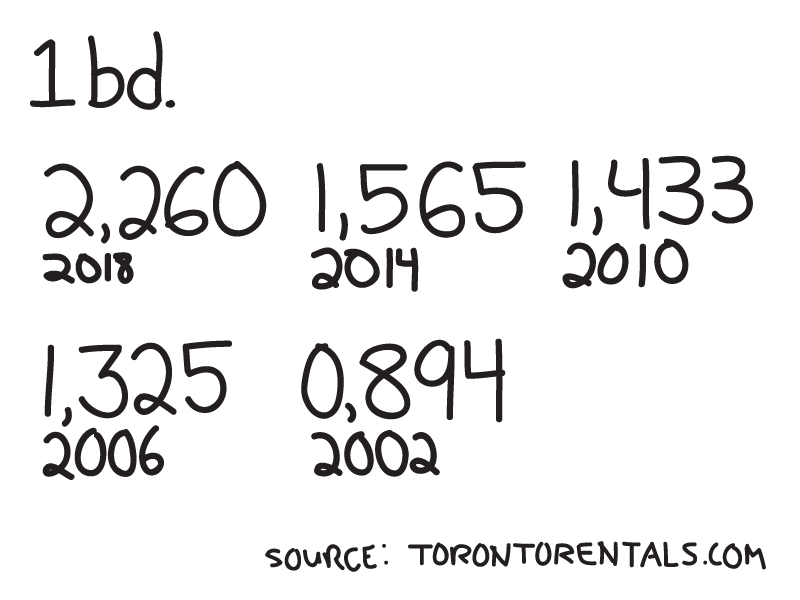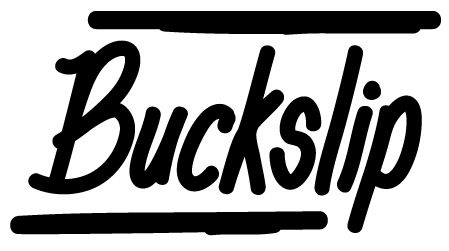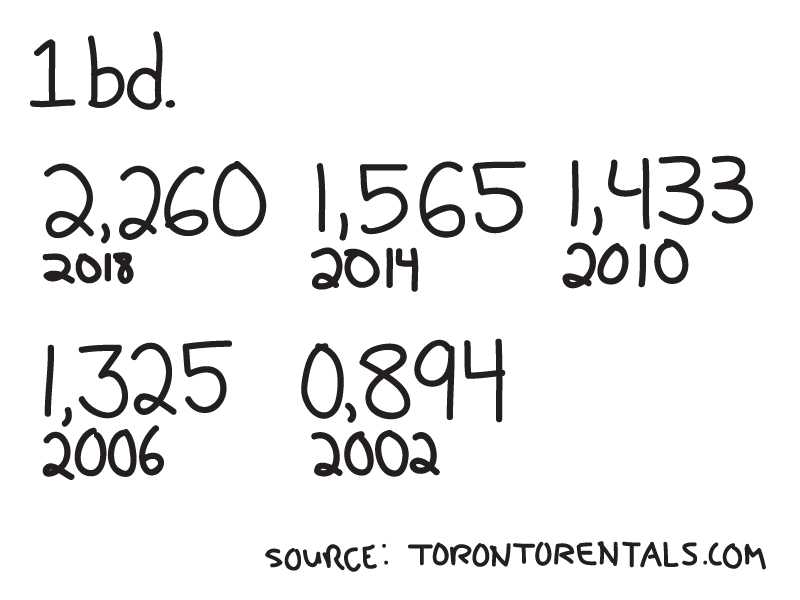Verbatim
In The Guardian, Shoshana Zuboff discusses surveillance capitalism beyond Big Brother. Within good old fashioned market capitalism, individual human transactions remain the fundamental unit. Under surveillance capitalism, we are just noise.
Surveillance capitalism diverges from the history of market capitalism in key ways, and this has inhibited democracy’s normal response mechanisms. One of these is that surveillance capitalism abandons the organic reciprocities with people that in the past have helped to embed capitalism in society and tether it, however imperfectly, to society’s interests. First, surveillance capitalists no longer rely on people as consumers. Instead, supply and demand orients the surveillance capitalist firm to businesses intent on anticipating the behaviour of populations, groups and individuals. Second, by historical standards the large surveillance capitalists employ relatively few people compared with their unprecedented computational resources. General Motors employed more people during the height of the Great Depression than either Google or Facebook employs at their heights of market capitalisation. Finally, surveillance capitalism depends upon undermining individual self-determination, autonomy and decision rights for the sake of an unobstructed flow of behavioural data to feed markets that are about us but not for us.

ThingsIt’s pushing 20 below this morning in Toronto, and only getting colder, which makes it a perfect time to share this Popula broadside from Navneet Alang on this dumb ice fortress we call home, a great-but-should-be-greater city “eager to please but not necessarily eager to accomplish real things”, building itself up around romantic ideas of being a grand metropolis in ways that only make sense in the midst of midsummer haze.
Toronto pushes a lot down: its second-tier status among global cities, for one; for another, the two decades of gentrification, and the way it has driven the poor to the suburbs where they stand in sub-zero temperatures for twenty minutes to catch a bus. Maybe when you design a city in which it is winter for half the year but pretend that isn’t actually true it’s not because you’re secretly waiting for the planet to warm but because you’re not actually willing to face the truth: that this city, like so many other metropolises with too much money, too little housing, and no real leadership, it is getting worse for more people and nobody seems to have the courage to do anything about it.
(It’s really cold this morning, is what we’re saying!)
At Undark, a consideration of the geoengineers who wish there was no reason to study the ridiculous things they do – solar radiation management, or reflecting the sun away, chief amongst them – yet do so regardless, working on theories and technologies that are “only being considered because the world is broken.”
Maybe you should read about beautiful beasts. The cover feature of last week’s NY Times Magazine, Ferris Jabr’s “What is Beauty For?” is both a ravishing and important piece of writing on the weirdness of evolution, explaining how biologists are beginning to carve out a space for explanations of non-useful physical traits that can sit alongside natural selection as a separate force, not one in opposition to it – ”sometimes beauty is the glorious but meaningless flowering of arbitrary preference,” he writes. As should be obvious to anybody who has looked on the world with curiosity, nature’s most mischievous traits rarely fit easily into settled theory. Jabr has a good Twitter thread following up on the pushback to the piece from others, including scientists and sci-fi writers. It’s a good article that provokes this sort of debate. Hell of a cover, too.
Can’t stop thinking about this 3D-printed, cordyceps-inspired parasite that kneecaps Alexa’s spying ability. The “duh just don’t buy a spy microphone dummy” take is a lazy one – there’s something empowering and fun about the jujitsu thinking here that we want to chew on like expensive wellness fungus.
Once you’ve given Alexa a makeover, you deserve one yourself. The leading beauty retailer in Canada is a national retail pharmacy chain owned by the country’s largest food retailer. And now they’re getting into the booming Botox space, with a pilot clinic in one of Toronto’s more plush suburban plaza malls. The “Beauty Clinic” brand name has an air of inevitability that speaks to the dominance of its parent company.

Last week we talked a fair bit about dropshipping. This week, the dropgangs of the darknet – an interesting overview of how underground markets have evolved since Silk Road.
From darknet markets to semi-private finance. The banks have found a way to make IPO money as they prepare for, and stoke interest in, the main event among the eager institutional investors (that doesn’t include you).

If this here republic of newsletters we’re meeting in is an underground refuge from the toxicity of social – the place where blogging and old, nice, playful Twitter went to rebuild, and where discovery is by kind and genuinely meant recommendations from people you trust – then what’s the refuge from newsletters once this space gets crowded and monetised and… well… an industry? There’s a certain ironic something to Dan Oshinsky, the New Yorker’s director of newsletters, starting his own newsletter about the newsletter industry as a shared Google Doc instead of a Substack with premium tiers. Unless you care about the inside baseball stuff, you probably don’t need to read it, but we do love the idea of ongoing collaborative docs as a generous form of community. We know it’s not a new thing, even if the gimmick of making your newsletter one is, and we’d love to collect together some of your faves if you have any suggestions. (And it doesn’t have to be Google Docs – we make Buckslip in Dropbox Paper simply because it’s a much more fun place to hang out, and it doesn’t feel like work in here.)
Omedi Ochieng on the unacknowledged, or problematically misread, debts western philosophy owe to African knowledge and African thinkers.
Meanwhile, whatever mess England is in, there’s always room for a really good essay on competitive hedgelaying. You’re welcome.
Shameless plug: If you’re in Toronto next weekend, check out Design Unseen, a group show as part of DesignTO (formerly Toronto Design Offsite) featuring friends of BS the Department of Unusual Certainties and our resident illustrator Lange. There’s a reception if you’re into that sort of thing; Sat, Jan 26, 5–8pm at the George Brown College School of Design. If you’re not, the show runs until Feb. 15th.
Do you also have friends stuck in the ridiculous vortices of this terrible winter day? Nothing warms a frozen heart quite like sharing our email with its owner!





